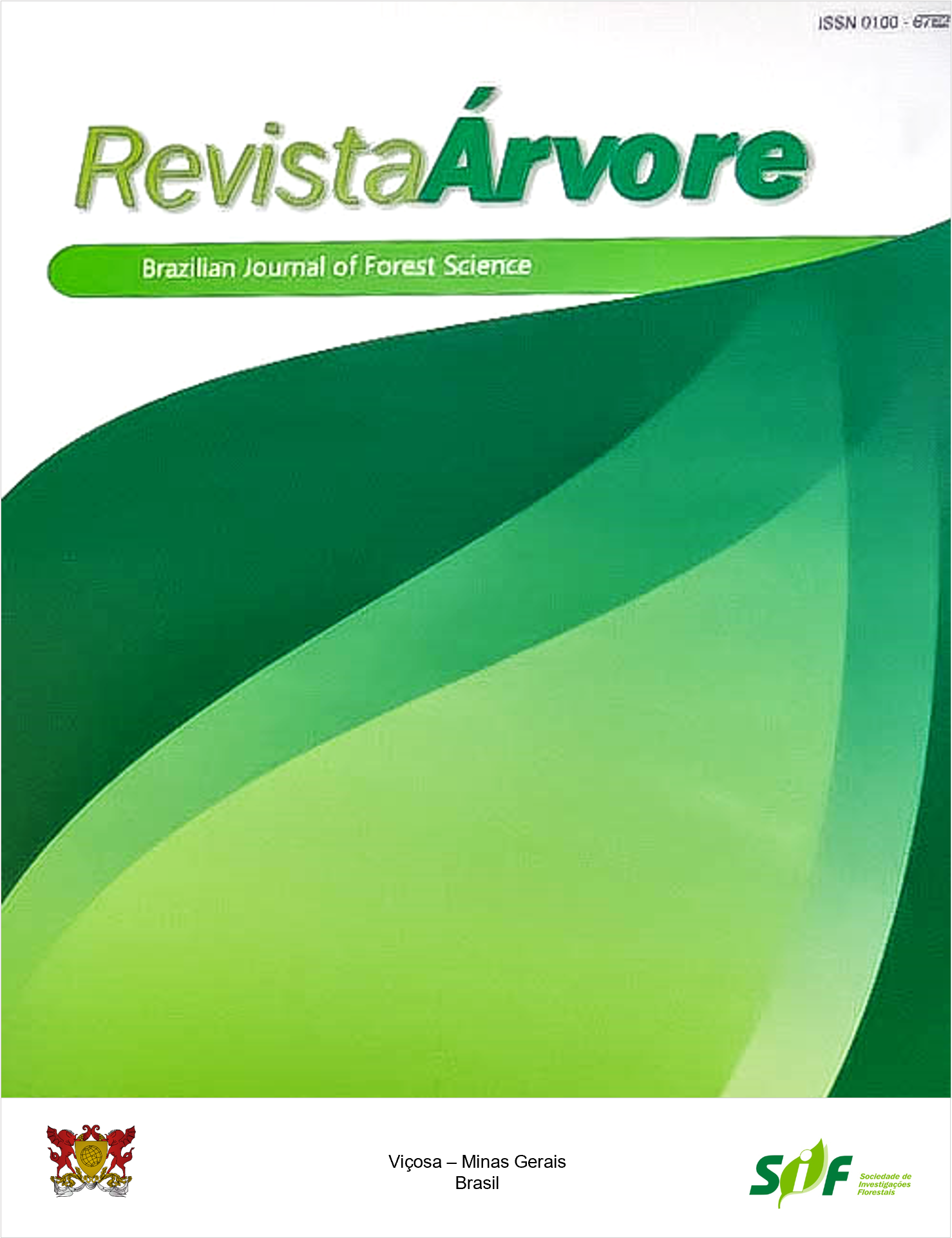CHARACTERISTIC STRENGTHS IN THE COMPRESSION AND IN THE STATIC BENDING AS PARAMETERS TO ESTIMATE CHARACTERISTIC SHEAR STRENGTH FOR TIMBER DESIGN
Keywords:
Brazilian hardwood, characteristic strengths, Shear strength estimatesAbstract
To simplify the characterization of wood species, the Brazilian standard document ABNT NBR 7190-1 (2022) establishes the determination of mechanical properties employing the characteristic strength in the compression parallel to grain (fc0,k). This mechanical property is estimated using the linear relation given by the following expression fv0,k = 0.12·fc0,k Brazilian and European standard documents support the estimation of fv0,k using relations among properties. However, the European guidelines in the EN 384 (2019) have used the conventional characteristic strength in the static bending test (fM,k). Thus, this study aimed to investigate the efficiency of the ratio fv0,k = 0.12·fc0,k for adopting 30 hardwoods. The variance analysis results demonstrate the divergence among the experimental outcomes and those values estimated using the relation cited. Therefore, regression models at two parameters were considered to obtain more accurate estimates of fv0,k by adopting fc0,k, and fM,k as independent variables. Regarding the results, the geometric (R² = 80.80%) and linear (R² = 74.19%) models were the most accurate for the estimates of fv0,k in terms of fc0,k, and fM,k, respectively. This fact evinces the good accuracy of the models under consideration, which may provide a more rigorous structural design compared to the correlation currently prescribed by the ABNT NBR 7190-1 (2022).
Keywords: Brazilian hardwood; characteristic strengths; Shear strength estimates
Downloads
Published
How to Cite
Issue
Section
License
All authors agreed to submit the work to Revista Árvore and granted the exclusive license to publish the article. The authors affirm that it is an original work and has not been previously published elsewhere. The scientific content and opinions expressed in the article are the sole responsibility of the authors and reflect their opinions, not necessarily representing the opinions of the editorial board of Revista Árvore or of the Society of Forest Investigations (SIF).




